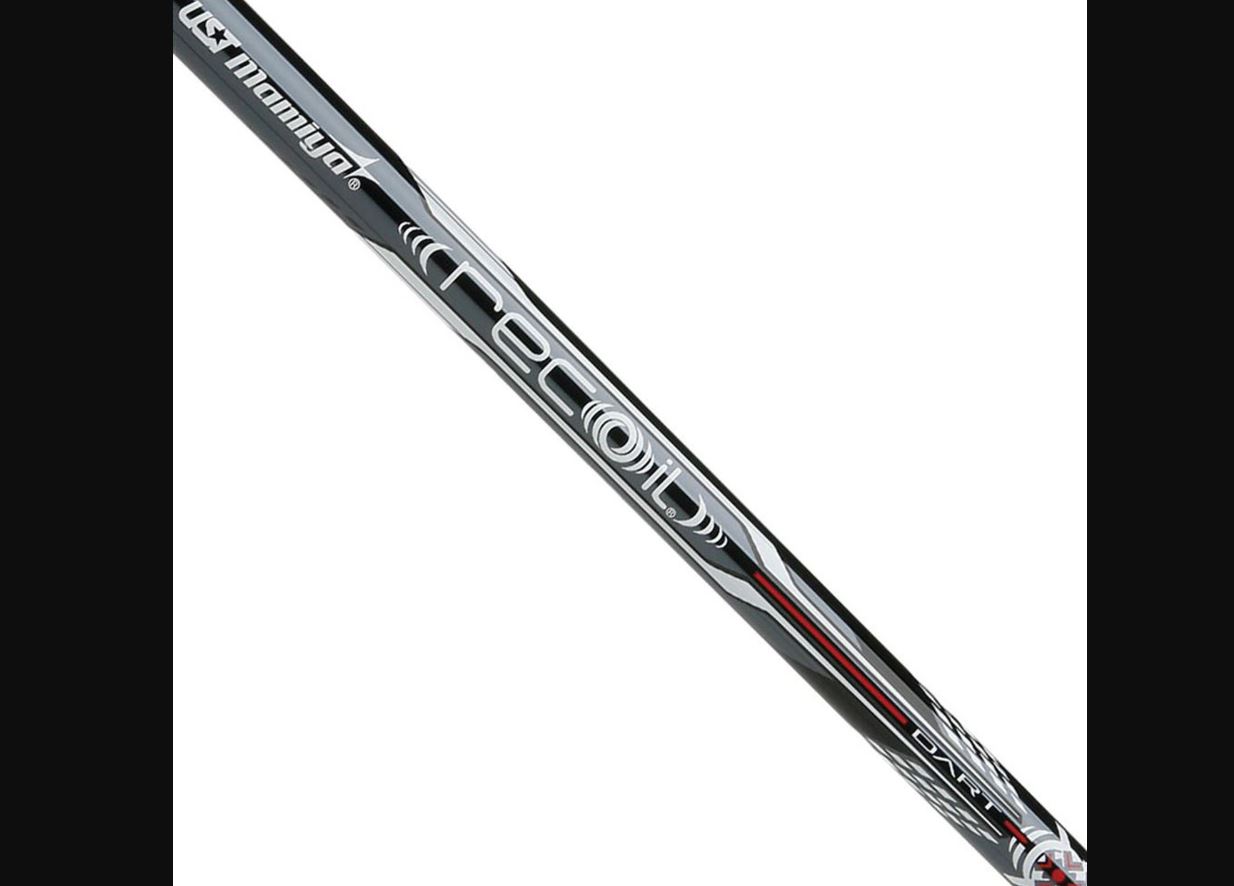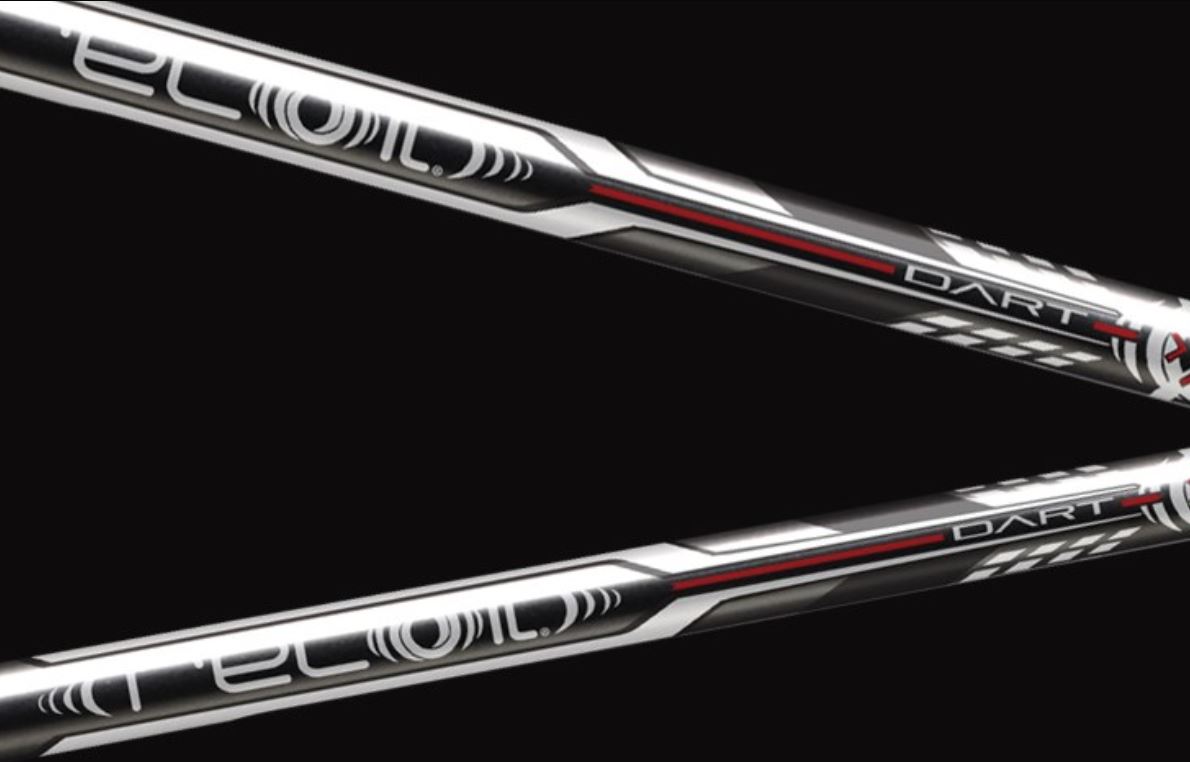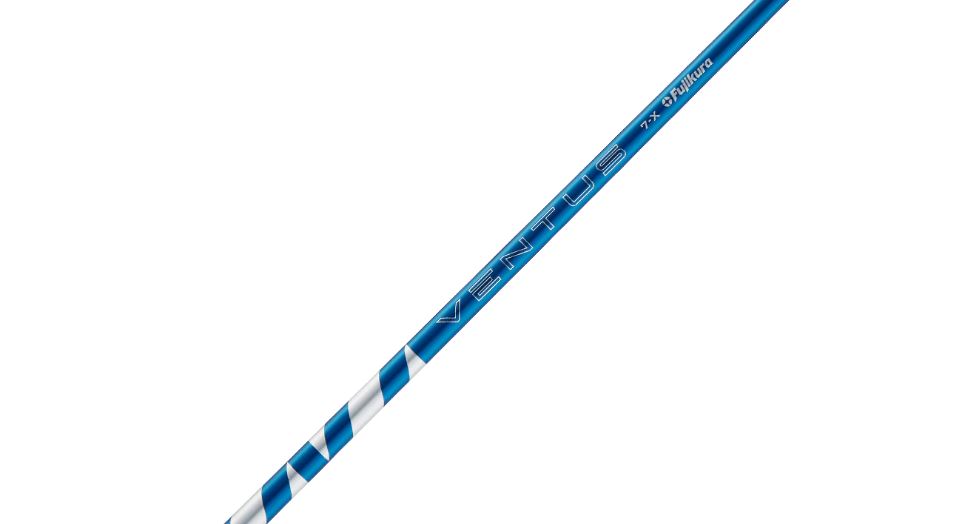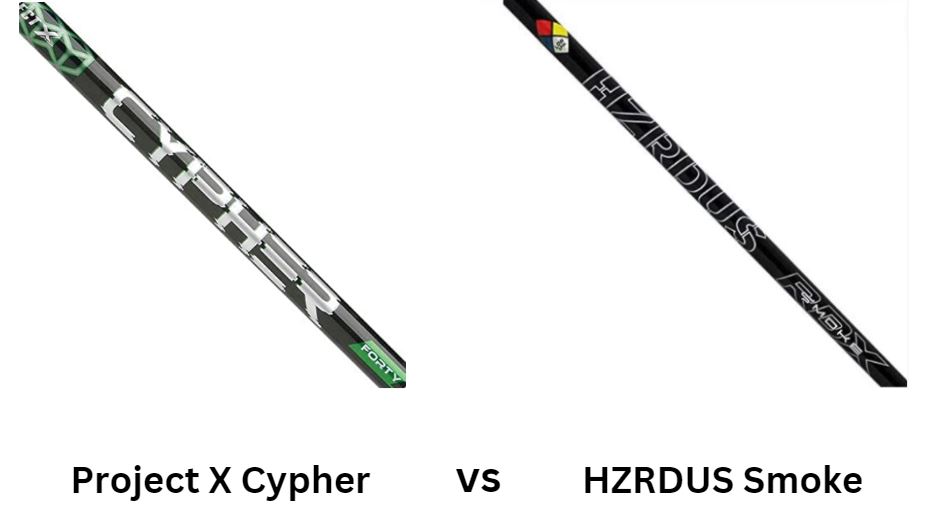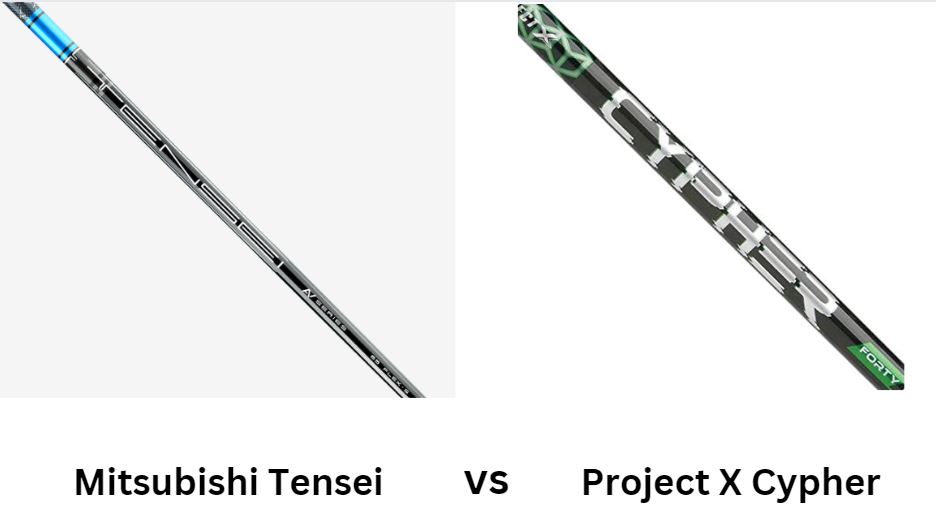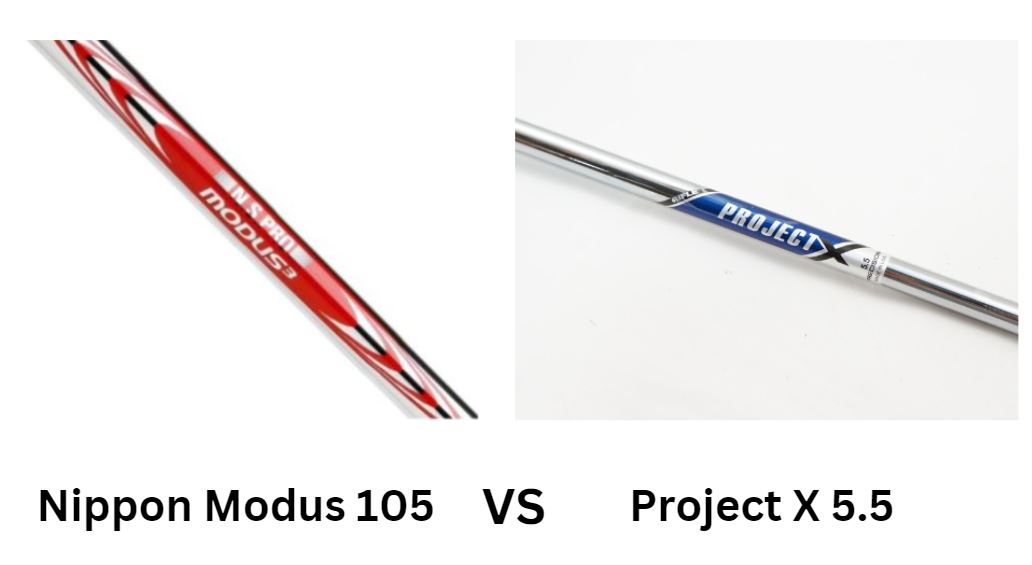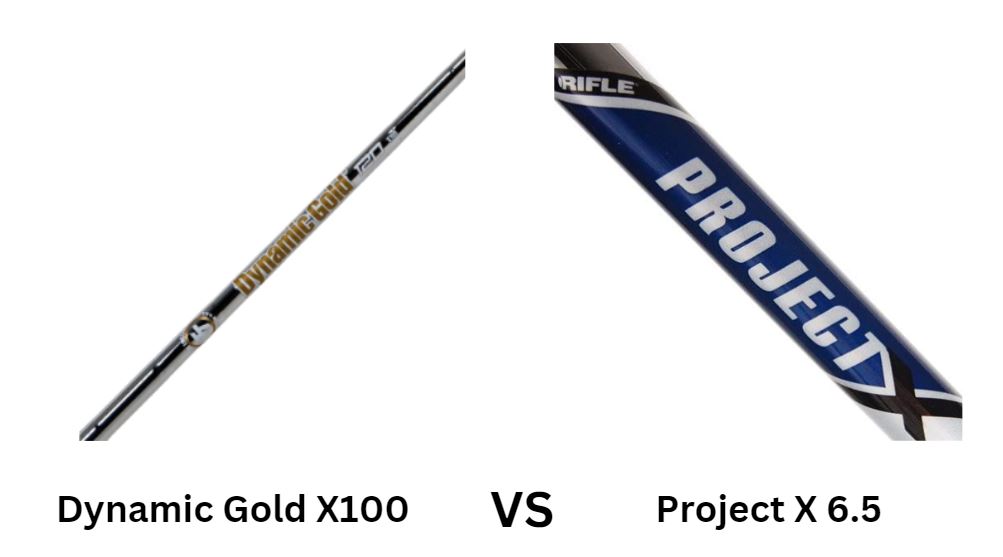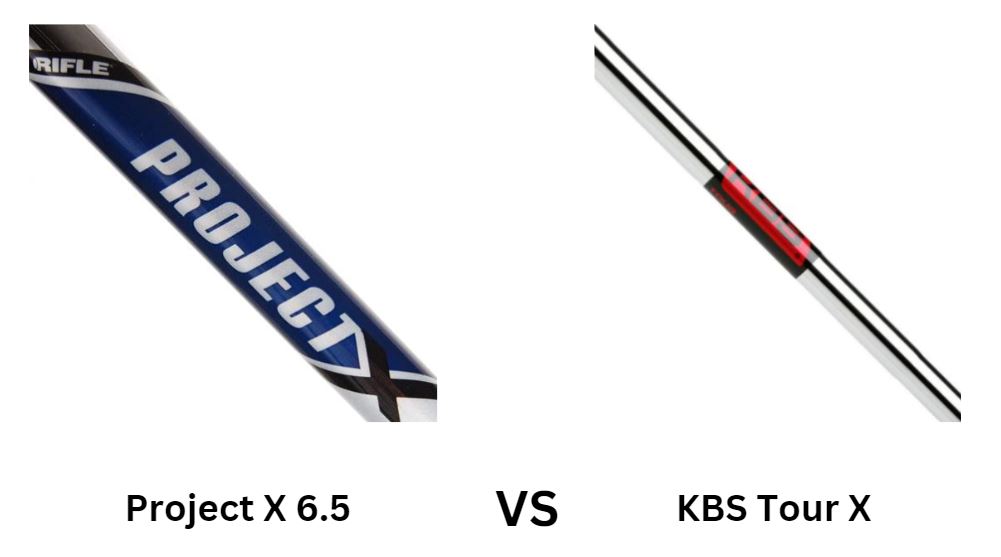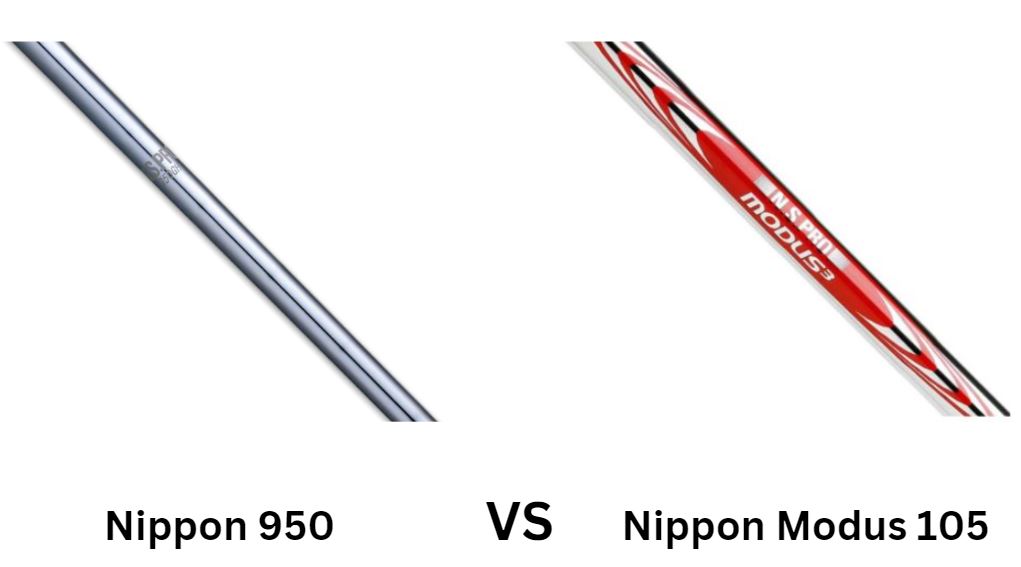UST Mamiya Recoil Dart Shaft Review – Specs, Flex, Weight
There is a popular conception about graphite iron shafts: namely that they are hard to control and tend to balloon out of control for stronger players.
While that certainly may be the case for many graphite shafts, UST Mamiya submits that their Recoil Dart shafts will shift that perception.
The UST Mamiya Recoil Dart are lightweight graphite shafts that were designed for a wide array of players.
And while we can see how many different types of golfers could benefit from this type of shaft, after our testing we got the sense that there was a specific type of player that would really benefit.
In the following review, we will tell you who the UST Mamiya Recoil Dart shaft is for as well as important specs and performance details.
UST Mamiya Recoil Dart Shaft Overview
The UST Mamiya Recoil Dart comes in two weight classes: 65g and 75g. Within those weight classes there are three different weights.
DART stands for Dual Action Recoil Technology and refers to the increased hoop stiffness that has been implemented in the midsection of the shaft.
When you load up on the shaft, it tends to become ovular in shape. While this is a natural physical effect, it also wastes energy from your swing trying to get back into its original circular shape.
Mamiya claims that the UST Mamiya Recoil Dart shafts are reinforced so that the shaft snaps back into place and allows for maximum energy transfer to the ball.
The UST Mamiya Recoil Dart shafts were made for distance – they were also made for everyday players. They are lightweight – the heaviest UST Mamiya Recoil Dart shaft checks in at just 78 grams.
When we tested the UST Mamiya Recoil Dart, we noticed that there was a definite kick just below the grip. The tip feels stiff so you get good control over the club head.
The UST Mamiya Recoil Dart shaft is certainly light; but you don’t get that loose feel that you do with other lightweight shafts.
Why is the UST Mamiya Recoil Dart So Popular?
Everyone has a different perspective but for us, we came to the consensus that the UST Mamiya Recoil Dart is truly a distance-maker.
Most of our testers were seeing distance increases of almost one complete iron. In other words, our 7-irons were flying nearly as far as our 6-irons.
Anyone seeking distance has likely been fitted for the UST Mamiya Recoil Dart which is probably why it’s so popular.
How Does the UST Mamiya Recoil Dart Perform?
When we first got our hands on the UST Mamiya Recoil Dart, we were afraid that some of our stronger swinging testers were going to have a major problem with ballooning.
Such is typically the case with lightweight shafts. However, what we observed was a mid high, penetrating launch that could be worked low as well.
Don’t get us wrong, this shaft will take some getting used to if you have a more aggressive tempo. In fact, chunking may be a problem for stronger swingers at first.
However, if you have a smoother tempo you will probably get the hang of this shaft quicker. It rewards a smooth tempo with easy baby draws and increased distance.
Spin rates were a little on the high side; but that’s almost to be expected with shafts this light.
The UST Mamiya Recoil Dart shafts work really well in the long irons because they allow weaker swinger to shoot right for the green. And in the short irons, you get good spin.
The only thing that was a problem for most of our testers was dispersion.
The UST Mamiya Recoil Dart shafts aren’t the most consistent irons shafts on the market so unless you are dotting your T’s and crossing your I’s on your swing, expect some considerable divergence.
UST Mamiya Recoil Dart Shaft Specs
| Specs | UST Mamiya Recoil Dart |
| Available flexes | Amateur, regular, stiff |
| Weight | 61g, 64g, 68g, 70g, 72g,78g |
| Tip | .370” |
| Butt | .600”, .602”, .606”, .598” .601” |
| Length | 41” |
What Flexes Are Available? What Swing Speeds Do They Suit?
Amateur and regular flex will be better for players in the 70 – 80 MPH swing speed range.
Stiff flex would be better for players in the 80 – 85 MPH swing speed range.
What Weights Are Available? What Swing Speeds Do They Suit?
The 60g weight class would be good for slow tempo swingers with a speed in the range of 70 – 80 MPH.
The 70g weight class could work for players in the 80 – 85 MPH swing speed range.
Why is it So Good?

For us, the UST Mamiya Recoil Dart was a good shaft because it reserves swing energy very well and really generates ball speed and distance.

